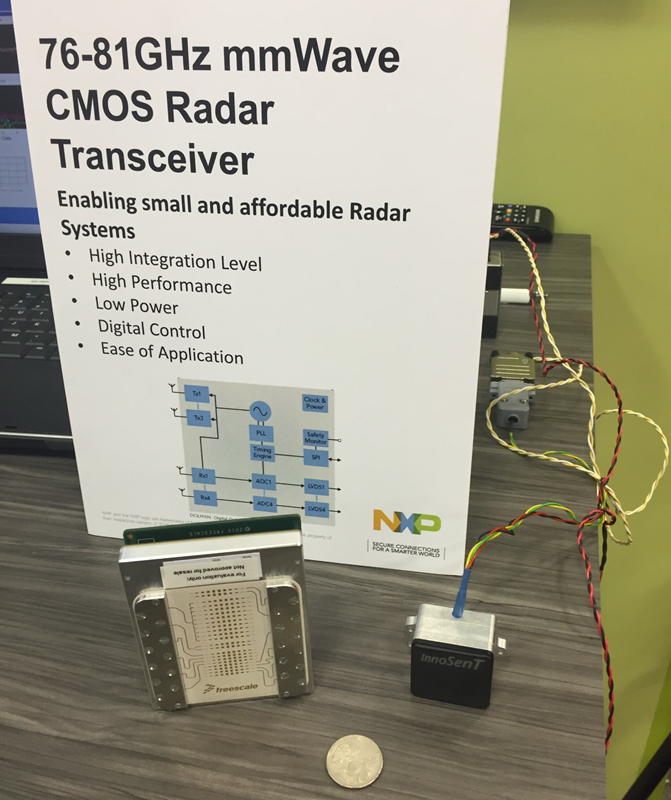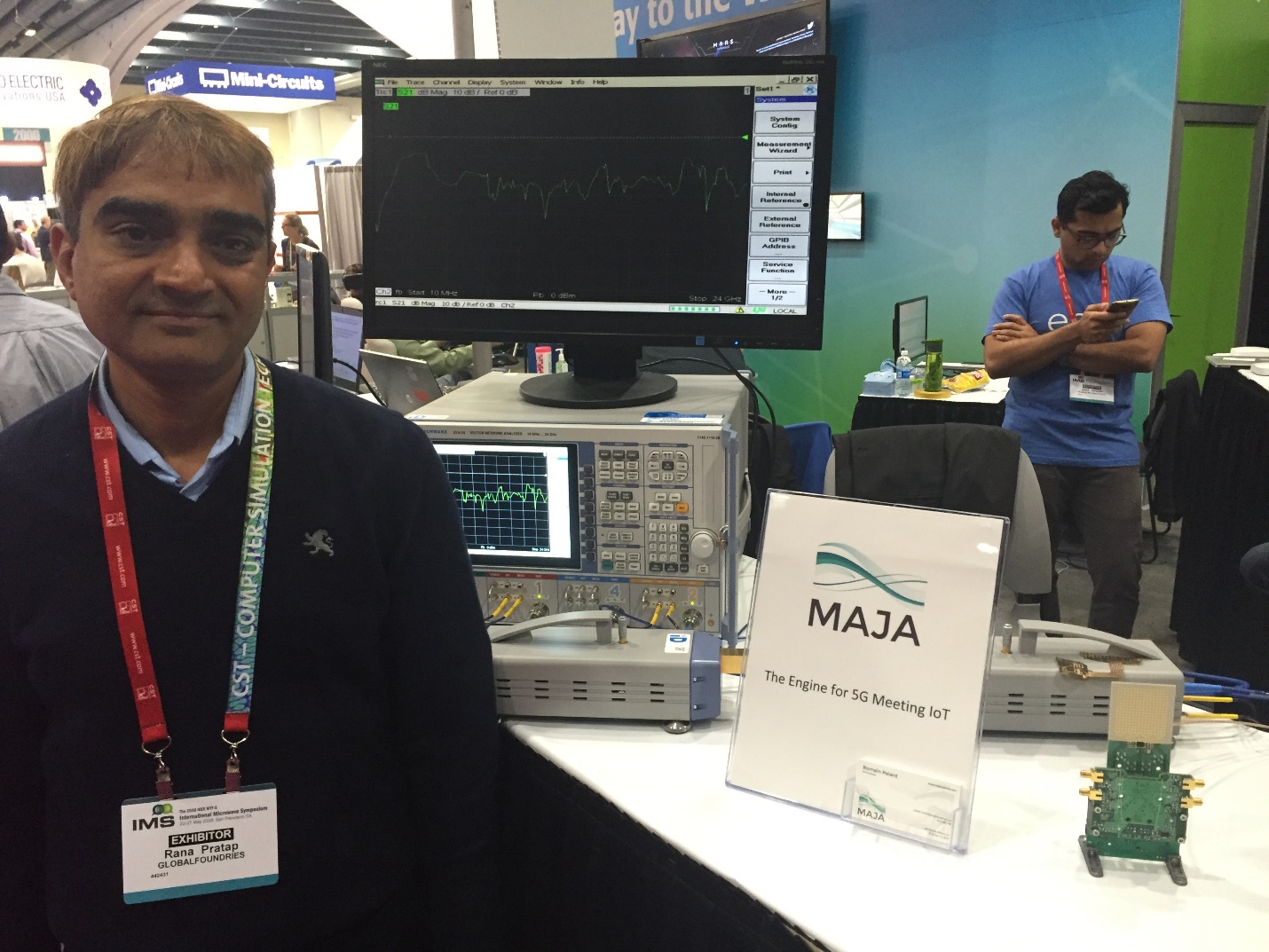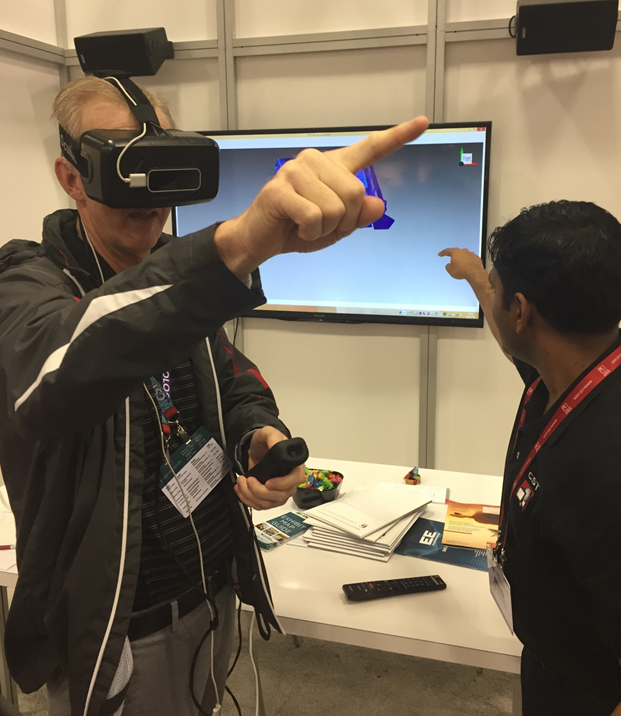At IEEE Microwave Week (IMS2016) in San Francisco May 24-26, I sat down with Amarpal Khanna (pictured below), the event chair, to pick his brain about what’s new in radio technology and why we should care. My first question was, “Is there an IoT without RF?” and his immediate answer was “of course not.” But, typical of an engineer, he quickly pointed out that there is more to this than meets the eye (or antenna). His point is that the IoT covers so many application areas that you need to drill down into wearables, smart home, automotive or anything else that’s web-connected and think about RF as the enabling technology.
The IoT itself is such a big concept that it has been divided into sub-categories, such as IIoT (industrial), IoS (space), and even IoP (pets). Three years ago I created a seven-layer model to explain the IoT:
- Sensing and Control
- Connectivity
- Analytics (big data) and the cloud
- Security
- Applications, ROI, and second- and third-order effects
- Standards and Regulation
- Ecosystems and Communities
Dr. Khanna was talking about level 2, connectivity, and the various kinds of RF technology that can be deployed depending upon the use case. Interestingly and also at IMS, I attended a breakfast hosted by Keysight (formerly Agilent), and Mark Pierpoint showed this slide:

His overarching point was that current sensors using the SIGFOX standard can run for years on a single AA battery. However, after we reach millimeter-wave frequencies (>28 GHz) and want huge bandwidth (>1 Gbps), power will become a challenge.
Relying on Dr. Khanna’s deft guidance, here were the four big takeaways from IMS2016:
1. First is clearly 5G and the move to higher frequencies (millimeter wave, 30-300 GHz) that were once relegated to the world of military communications. This is one of the fun benefits of attending a show like IMS and glimpsing the future of not just the IoT but of all communications technology. 5G cellular technology won’t be with us until 2022, but a confab like IMS is tasked with getting us there on time and, as Dr. Khanna pointed out, solving the deeply technical problems that millimeter-wave frequencies pose. 5G mobile technology uses three bands: 28 GHz, 38 GHz, and 73 GHz. And the throughput is planned to exceed 1 Gbps, which would deliver HD videos in subsecond response times. These frequencies present profound testing and antenna challenges, according to the Keysight slides.
2. Automotive radar. Autonomous vehicles are all the rage, but none of it is possible without radar —and the good news is that the cost of radar devices is plummeting. At the NXP booth, they showed a small and relatively inexpensive radar device (previous version on the left in the photo below).

This technology was once so expensive that it was available only to the military, but now it can help save lives and reduce the automotive carnage on our roads. This millimeter-wave technology headed for new cars will truly be technology meant to save the masses!
3. Next generation WiFi. If you are frustrated with your home wireless network, millimeter wave is coming to the rescue. WiGig will increase the frequency by 10x, to 60 GHz, but the throughput will theoretically rise by 100x. This means that everyone in the household can stream HD movies simultaneously (assuming Comcast, Verizon, AT&T, etc., can keep up!).

4. Virtual reality (VR) and augmented reality (AR). Last but not least will be very high-speed RF links, which can send huge amounts of data (up to 3 Gbps) over very short links. It will be useful for AR/VR headsets and will extend connectivity across roads. The first single-chip CMOS radio was on display from MAJA systems (the MW6022 is sampling now). Because it’s CMOS technology, the economies of scale over SiGe can reduce the price dramatically so that we can all afford a VR/AR headset. Below, Rana Pratap of Global Foundries demonstrates the device.

If you think virtual reality and augmented reality is just for gamers, then check out this demo by simulation software company CST, which showed how you can use its design tools on an Oculus Rift headset.

If this technology catches on, we will need bigger cubicles!
It’s always fun to visit a leading-edge technology event like IMS and get a window into the future (2022 when 5G arrives to be precise). If you saw anything interesting at IMS or think I missed something, please comment below.
By David Blaza
Advertisement
Learn more about Electronic Products Magazine





